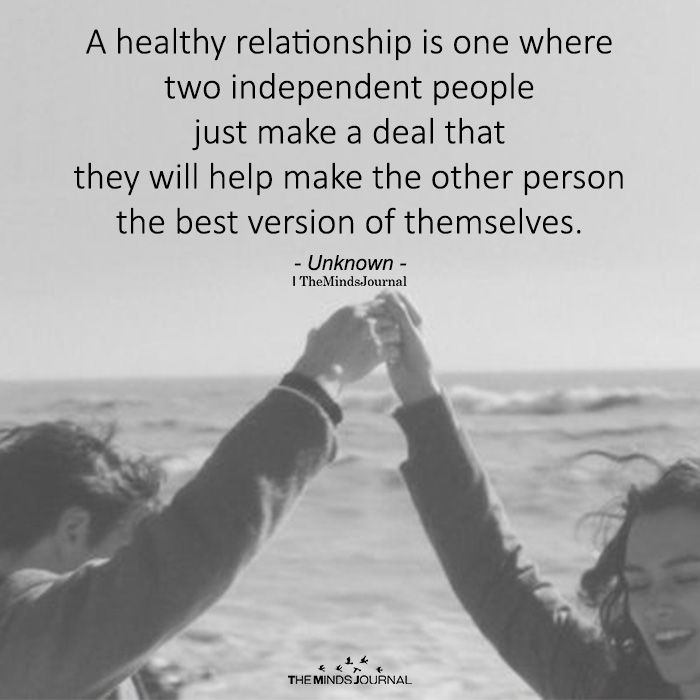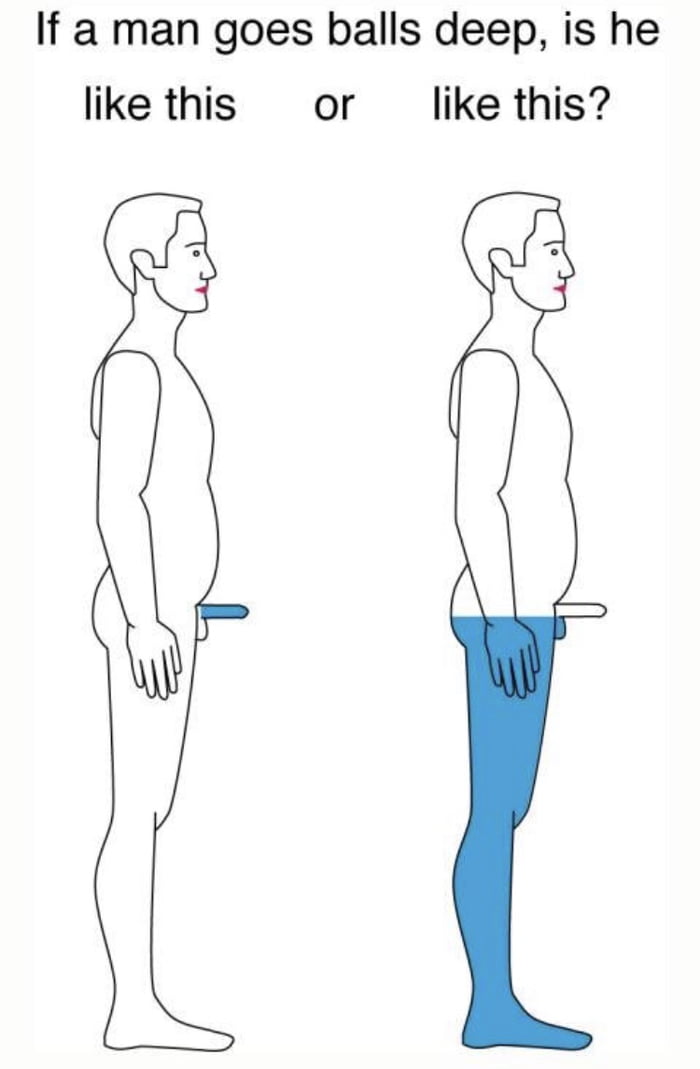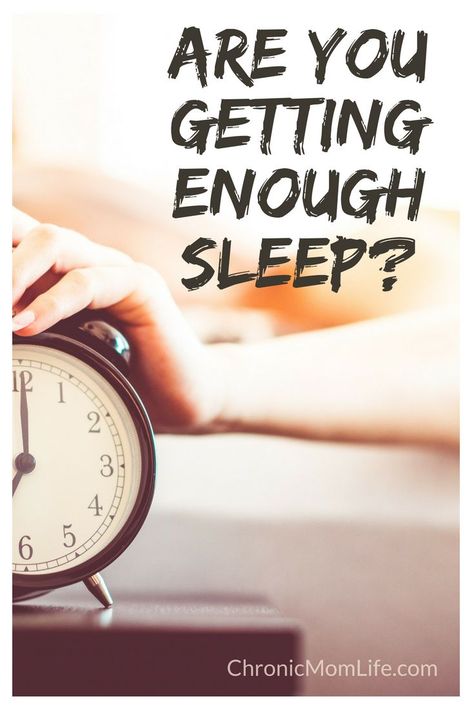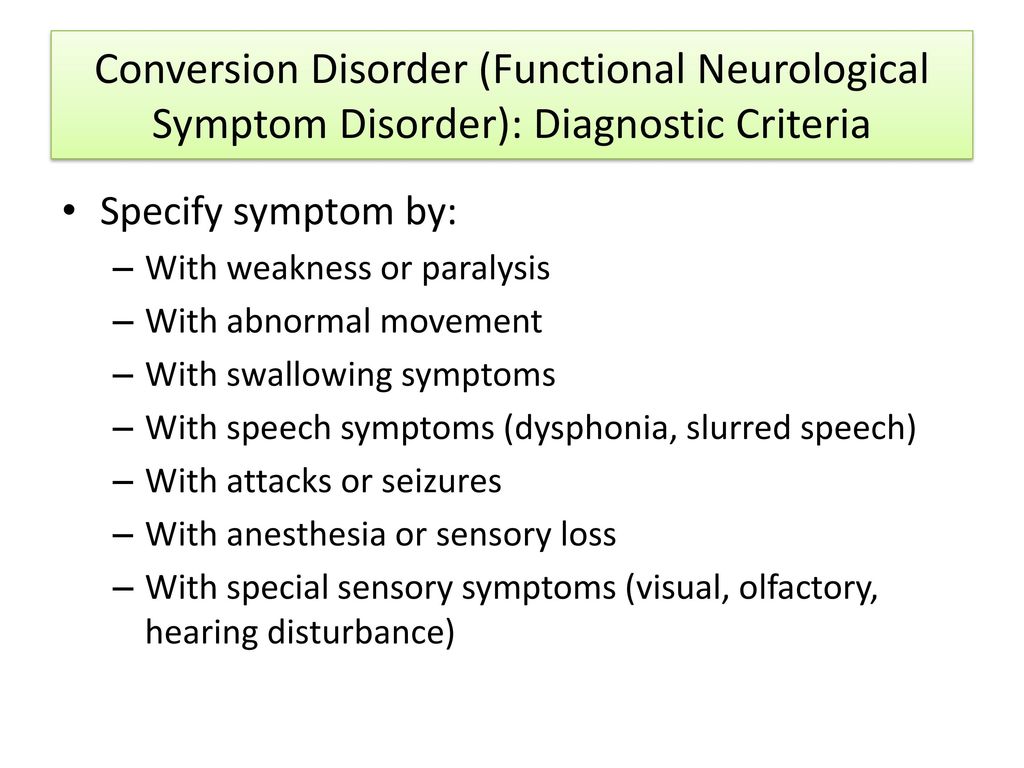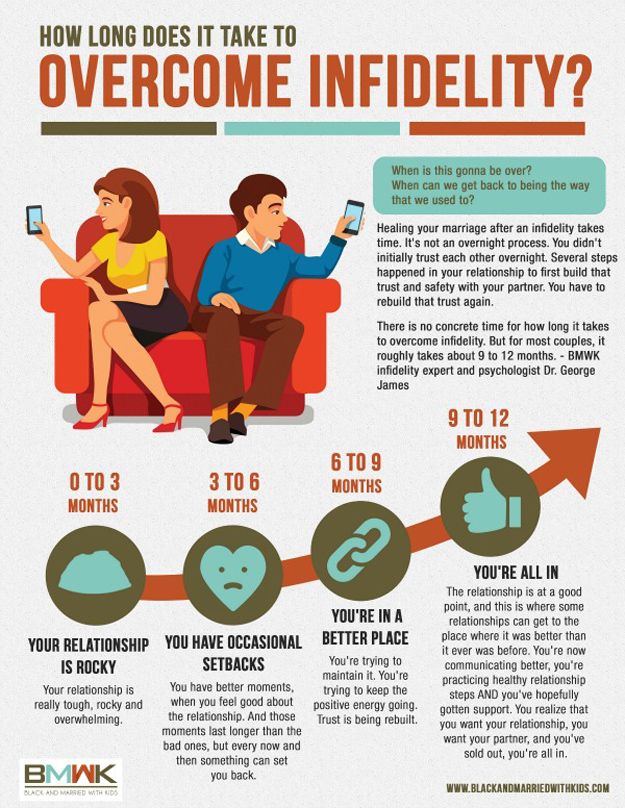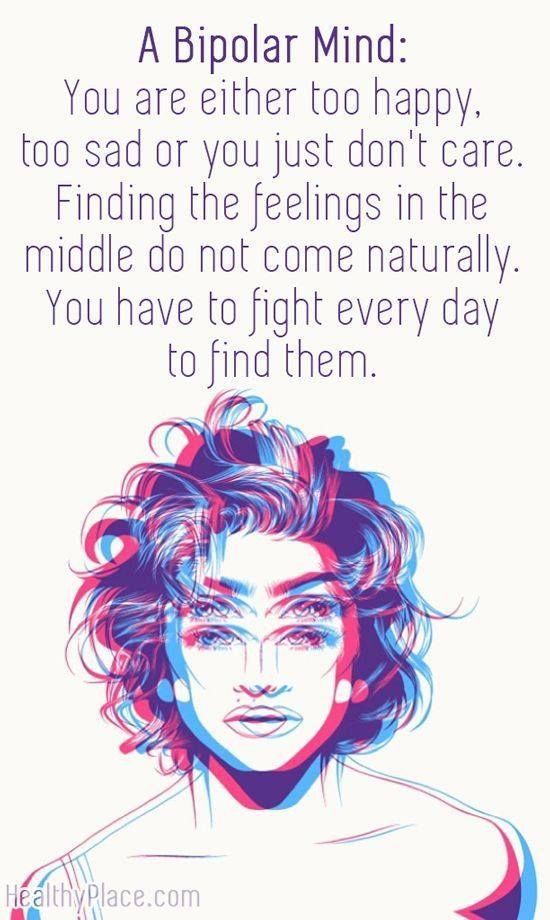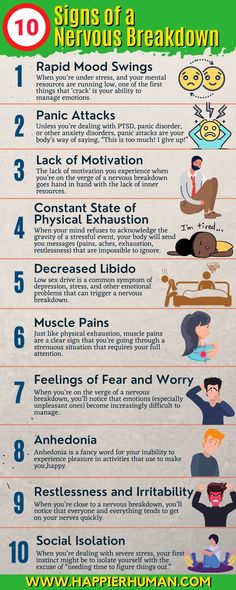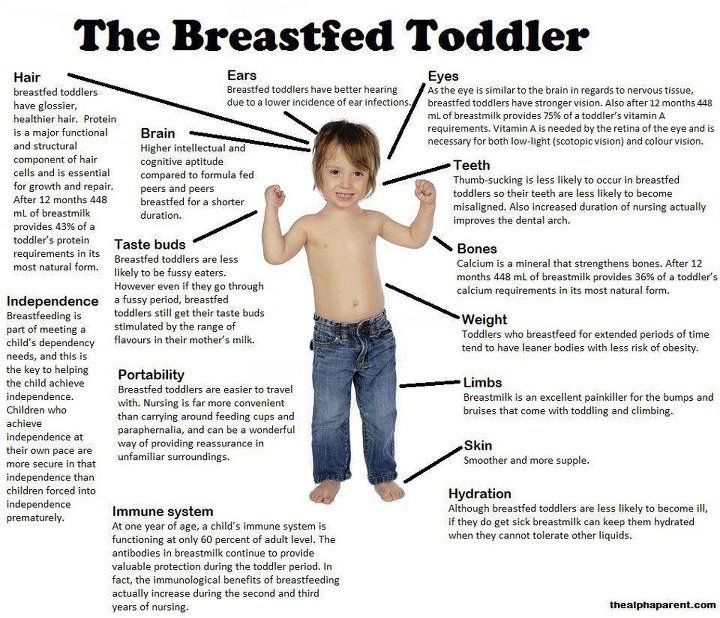Waiting in lines
8 Factors that Make the Wait Seem Longer
I’m a very impatient person, and standing in a slow-moving line drives me crazy. So, I set out to understand the psychology behind my frustration.
In my quest, I happened to read a paper by David Maister, The Psychology of Waiting Lines (PDF). The piece is aimed at people who operate stores, restaurants, doctors’ offices, and other places where people fuss about being kept waiting.
Of course, most of us are the ones standing in line, not the ones controlling the line. But I was fascinated by the insight this paper provided into my own psychology of waiting.
Maister’s main point is that the actual time we’re waiting may have little to do with how long the wait feels.
Here’s a list of eight factors that make waits seem longer.
1. Unoccupied time feels longer than occupied time.
When you have something to distract yourself, time passes more quickly. Some hotels put mirrors by the elevators, because people like to look at themselves.
2. People want to get started.
This is why restaurants give you a menu while you wait, and why the orthodontist puts my daughter in the examination room twenty-five minutes before her exam actually begins.
3. Anxiety makes waits seem longer.
If you think you’ve chosen the slowest line at the drugstore, or you’re worried about getting a seat on the plane, the wait will seem longer.
4. Uncertain waits are longer than known, finite waits.
People wait more calmly when they’re told, “The doctor will see you in thirty minutes” than when they’re told, “The doctor will see you soon.” Maister gives an amusing illustration of a phenomenon that I’d noticed in my own life: if I arrive someplace thirty minutes early, I wait with perfect patience, but three minutes after my appointment time passes, I start to feel annoyed. “Just how long am I going to have to wait?” I think.
5. Unexplained waits are longer than explained waits.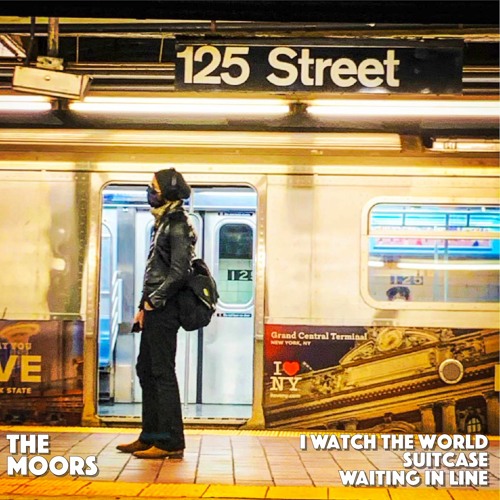
We wait more patiently for the pizza guy when there’s a thunderstorm than when the sky is clear.
6. Unfair waits are longer than equitable waits.
People want their waits to be fair. I get anxious, for instance, when I’m waiting on a crowded subway platform, when there’s no clear, fair way to determine who gets on the next car. The “FIFO” rule (first in, first out) is a great rule, when it works. But sometimes certain people need attention more urgently, or certain people are more valuable customers. Then it gets trickier. Often, when people are treated out of sequence, it’s helpful to have them be served elsewhere — e.g., people giving customer service by phone shouldn’t be in the same room as people giving service in person.
7. The more valuable the service, the longer the customer will wait.
You’ll wait longer to talk to a doctor than to talk to a sales clerk. You’ll stand in line longer to buy an iPad than to buy a toothbrush.
8. Solo waits feel longer than group waits.
The more people engage with each other, the less they notice the wait time. In fact, in some situations, waiting in line is part of the experience. During my book signings, I’ve been very gratified to have people tell me, “I had so much fun talking to the people in line!”
Since I’ve read this paper, I’ve been far more patient about standing in line. I’m occupied (see #1) with thoughts analyzing my own experience of waiting in line! Also, it may not always be good for us to be able to distract ourselves with our cell phones, but it sure makes the DMV easier.
Have you found any good ways to make waiting in line more pleasant? Share in our comments.
If you’re thinking, “Hmmm, should I read Happier at Home?” here’s some information to help you decide. Short answer: Of course you should!
- Read a sample chapteron the subject of “time”
- Watch the one-minute book trailer, “Ten ways to be happier at home”
- Request the one-page book club discussion guide
- Read the Behind-the-Scenes extra(I had a great time writing this)
- Come to a book event
8 Reasons Why Waiting in Line Drives Us Crazy
I’m a very impatient person, and standing in a slow-moving line is one of those very small, maddening aspects of life that drives me crazy.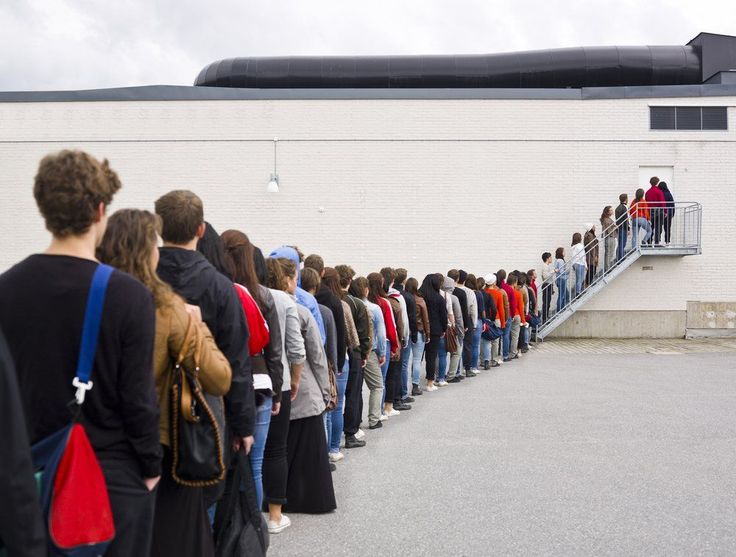 As often happens, however, when I learned more about the experience, it became more interesting to me.
As often happens, however, when I learned more about the experience, it became more interesting to me.
I happened to read a paper by David Maister, The Psychology of Waiting Lines. The piece is aimed at people who operate stores, restaurants, doctors’ offices, and other places where people fuss about being kept waiting. Of course, most of us are the ones standing in line, not the ones controlling the line, but I was fascinated by getting this insight into my own psychology.
Maister’s main point is that the actual time we’re waiting may have little relationship to how long that wait feels. Two minutes can pass in a flash, or two minutes can feel interminable. Here are eight factors that make waits seem longer…
- Unoccupied time feels longer than occupied time. When you have something to distract yourself, time passes more quickly. Some hotels put mirrors by the elevators, because people like to look at themselves.
- People want to get started.
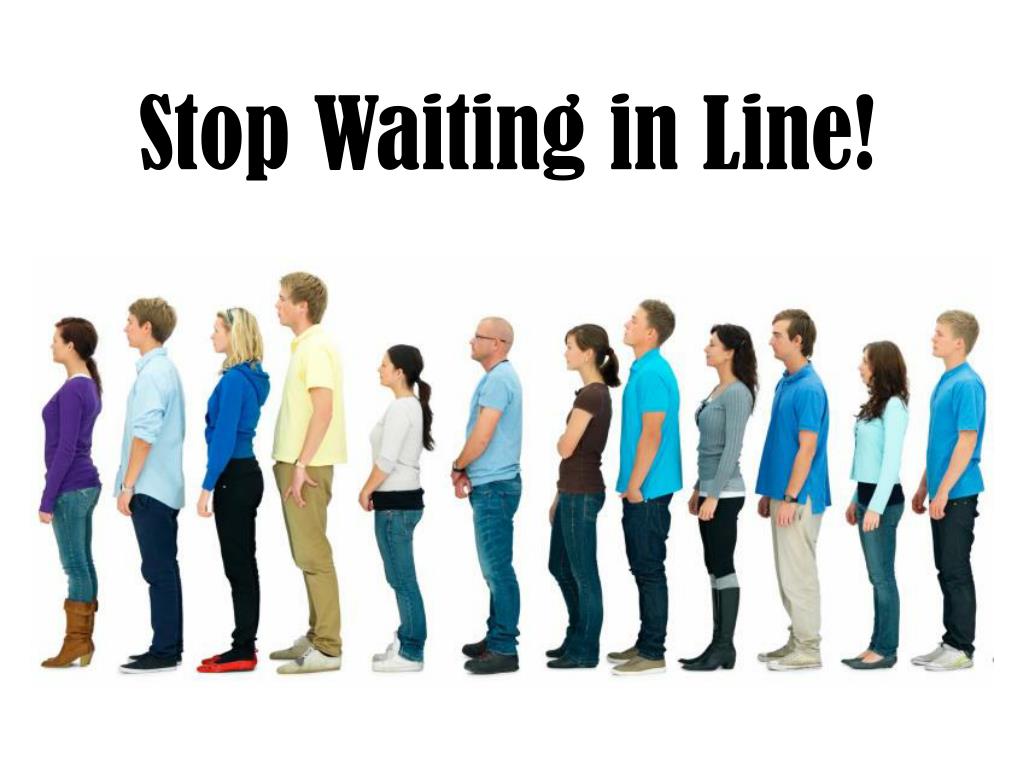 This is why restaurants give you a menu while you wait, and why doctors put you in the examination room twenty-five minutes before your examination actually begins.
This is why restaurants give you a menu while you wait, and why doctors put you in the examination room twenty-five minutes before your examination actually begins. - Anxiety makes waits seem longer. If you think you’ve chosen the slowest line, or you’re worried about getting a seat on the plane, the wait will seem longer.
- Uncertain waits are longer than known, finite waits. People wait more calmly when they’re told, “The doctor will see you in thirty minutes” than when they’re told, “The doctor will see you soon.” Maister gives an amusing illustration of a phenomenon that I’d noticed in my own life: if I arrive someplace thirty minutes early, I wait with perfect patience, but three minutes after my appointment time passes, I start to feel annoyed. “Just how long am I going to have to wait?” I think.
- Unexplained waits are longer than explained waits. We wait more patiently for the pizza guy when there’s a thunderstorm than when the sky is clear.
 We wait more patiently on the plane when we know that there’s another plane at the gate.
We wait more patiently on the plane when we know that there’s another plane at the gate. - Unfair waits are longer than equitable waits. People want their waits to be fair. I get anxious, for instance, when I’m waiting on a crowded subway platform, when there’s no clear, fair way to determine who gets on the next car. The “FIFO” rule (first in, first out) is a great rule, when it works. But sometimes certain people need attention more urgently, or certain people are more valuable customers. Then it gets trickier. Often, when people are treated out of sequence, it’s helpful to have them be served elsewhere — e.g., people giving customer service by phone shouldn’t be in the same room as people giving service in person.
- The more valuable the service, the longer the customer will wait. You’ll wait longer to talk to a doctor than to talk to a sales clerk. You’ll stand in line longer to buy an iPad than to buy a toothbrush.
- Solo waits feel longer than group waits.
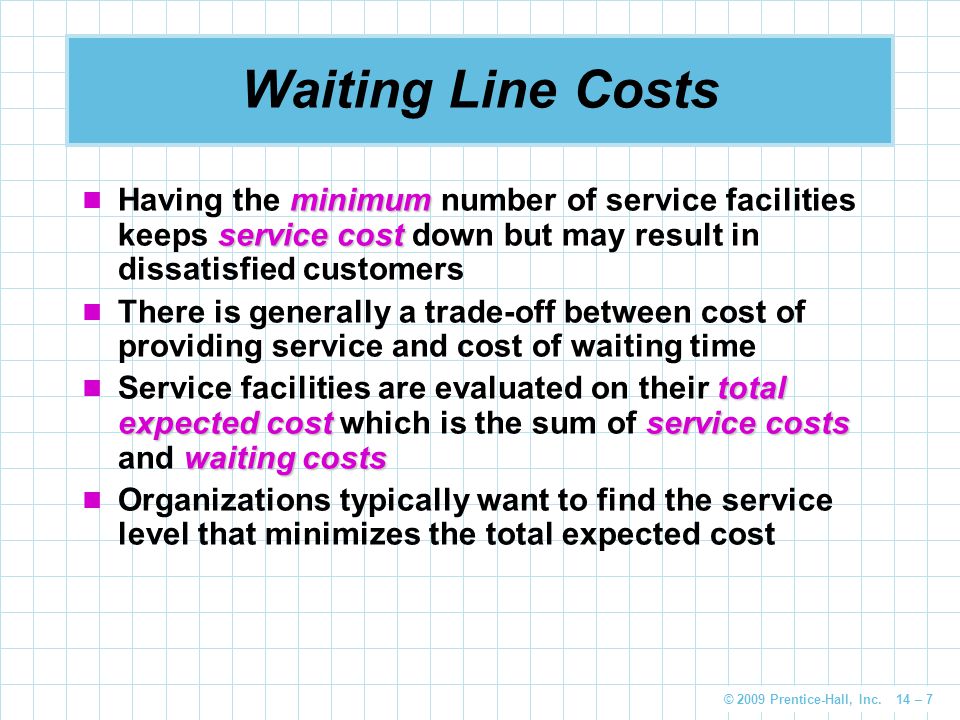 The more people engage with each other, the less they notice the wait time. In fact, in some situations, waiting in line is part of the experience. I remember waiting in line with my children to buy Harry Potter and the Deathly Hallows at the midnight release. It was quite a scene.
The more people engage with each other, the less they notice the wait time. In fact, in some situations, waiting in line is part of the experience. I remember waiting in line with my children to buy Harry Potter and the Deathly Hallows at the midnight release. It was quite a scene.
Since I’ve read this paper, I’ve been far more patient about standing in line. I’m occupied (see #1) with thoughts analyzing my own experience of waiting in line! Have you found any good ways to make waiting in line more pleasant? Or, on a different subject, have you found that understanding an experience better has made it more interesting?
* * *
Speaking of things that many people don’t enjoy doing, Whitney Johnson has a very interesting piece in HarvardBusinessReview.org about how to network more effectively: (no longer available).
Mother’s Day! If you want a free, personalized bookplate for a copy of The Happiness Project that you’re giving for a gift (or for yourself), please drop me a note soon! I want to make sure that my letter with the bookplate reaches you in time. Yes, I’ll mail them anywhere in the world, and feel free to ask for as many as you like.
Yes, I’ll mail them anywhere in the world, and feel free to ask for as many as you like.
Five ways to make waiting in line less tiring
Perry Kuklin
Every business owner with all his managers would like to see every day and night not only growing profits, but also happy, completely satisfied customers. One of the ways to achieve this goal is to create better conditions for customers waiting in line in the coming 2014. Here are five easy ways:
1. Entertain visitors
You need something to distract the buyers who have accumulated in the queue. And since today's culture is geared towards all sorts of screen action, taking your queues to contemplate the displays will occupy all the attention of visitors and the negative emotions associated with waiting will not be stored in their memory.
You can use cartoons, talk shows or cooking programs as entertainment content, but no one forbids you to take advantage of the presence of reluctant viewers and play promotional videos, commercials or announcements of upcoming specials.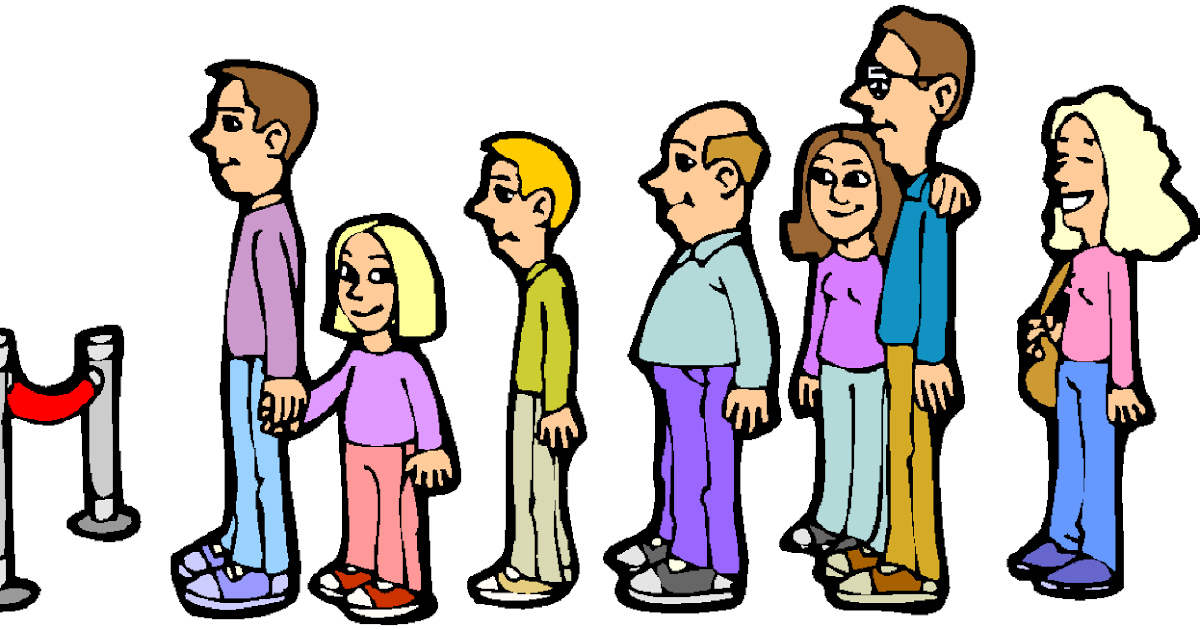 TV screens are universal, broadcasting on them can be easily adjusted to a specific audience, depending on the time of day. nine0003
TV screens are universal, broadcasting on them can be easily adjusted to a specific audience, depending on the time of day. nine0003
2. Onward to virtuality
The electronic queue is where many companies still stumble. How can such a “bunch is small” work in your favor if you have been addicted to the classic queue like “who's last, I'm behind you” all the time?
Never forget that most people value their time and agency highly. Creating an electronic queue dampens the sense of wasted time and the discomfort of being forced to line up in visitors. With an electronic queue, customers can sit down, do something other than tedious waiting, or just enjoy the opportunity to do anything without having to stomp in line. nine0003
3. Watch the queues
Solving the problem of queues is not only about creating a more comfortable environment for customers; look at the issue from a management point of view - it will ultimately benefit you and satisfy your customers.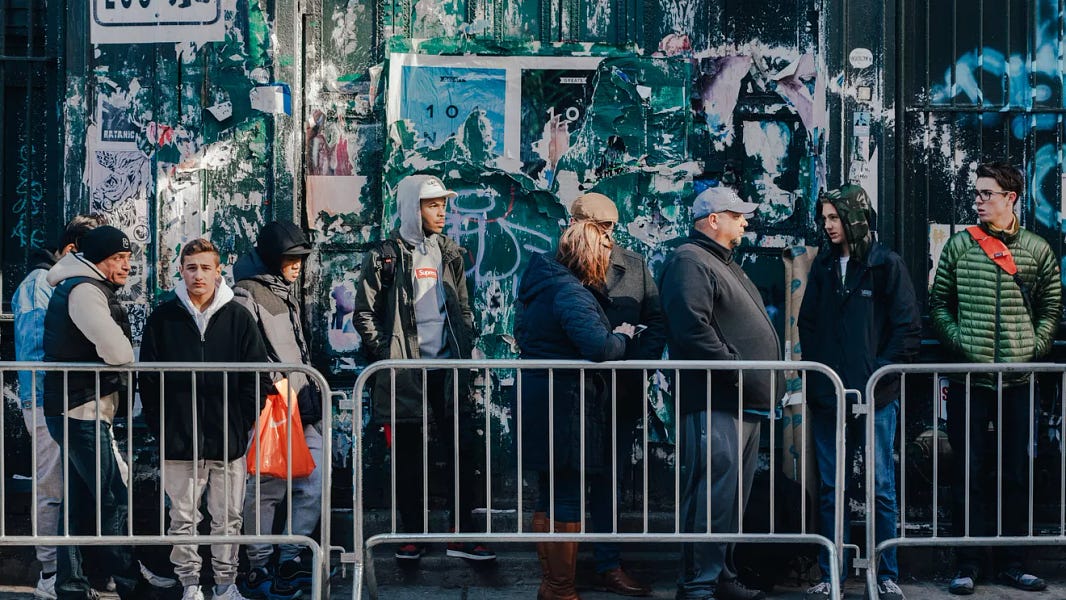
Real-time queue tracking allows responsible managers to keep abreast of each queue at any moment. Any form of notification (text message, email, etc.) can be set up to inform the floor manager that something has gone wrong somewhere. So he immediately knows that the company's staff is slowing down, the queues are moving too slowly, etc. nine0003
Tracking queues also allows you to record record speeds of their movement, which is invaluable information for managers. On its basis, they can predict periods of peaks and declines in load, accordingly maneuvering the staff and the number of working POS terminals.
4. Add some mobility
Connect with customers in line in the most accessible way today - through smartphones. An element of mobility can be introduced into the electronic queue, allowing customers to register their place in the queue via phone and communicate with staff in text mode when their turn is already approaching. nine0003
The entertainment element described above also needs to be mobile. Smartphone screens can display information on how customers can improve their shopping experience (subscribing to coupons, discount cards, upcoming promotions and, of course, the remaining waiting time in line).
Smartphone screens can display information on how customers can improve their shopping experience (subscribing to coupons, discount cards, upcoming promotions and, of course, the remaining waiting time in line).
5. Combine streaming to smartphones with merchandising
In retail, queuing is truly a piece of cake. Customers can see the product and note its benefits for themselves, but seeing them in action can reinforce their buying urge, which up to this point may not have been very certain. Consider this: E-commerce makes extensive use of video content to increase conversions and sales levels. What prevents you from using this technique in offline trading? nine0003
Take advantage of the fact that the buyer has a device in his hands that can serve as your showcase. Invite the client to watch a video with a well-selling product, telling about its features; or even a videotape of happy customers talking about it. Bringing this kind of information to people languishing in line, and even scrolling it on large displays in the line of sight, you care about satisfying two extremely important needs: customer entertainment and increasing company sales.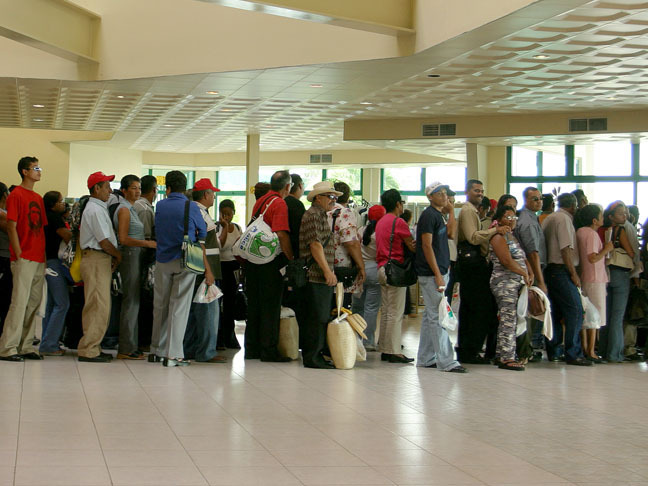 nine0003
nine0003
Waiting in line becomes the customer's last impression of your business (think of a retail store), and the last words of a conversation are the most remembered - this is an axiom. In some cases, this is generally the basis of customer experience (think of an airport). There are always ways to improve the interaction with the people who use your business, and one of the best places to start is by changing the queuing system.
Translation by Leonid Pelenitsyn
Source: retailcustomerexperience.com
How to effectively organize a queue while waiting for an operator's response?
AUTHOR: FRAN FISH and JOE ELVIN
Translation: Apex Berg - Alexandra Samolubova
It's no secret that in any, even the most efficiently built contact center, queues break out from time to time. This happens for various reasons: an unsuccessful shift schedule, force majeure, or simply an influx of calls from nowhere.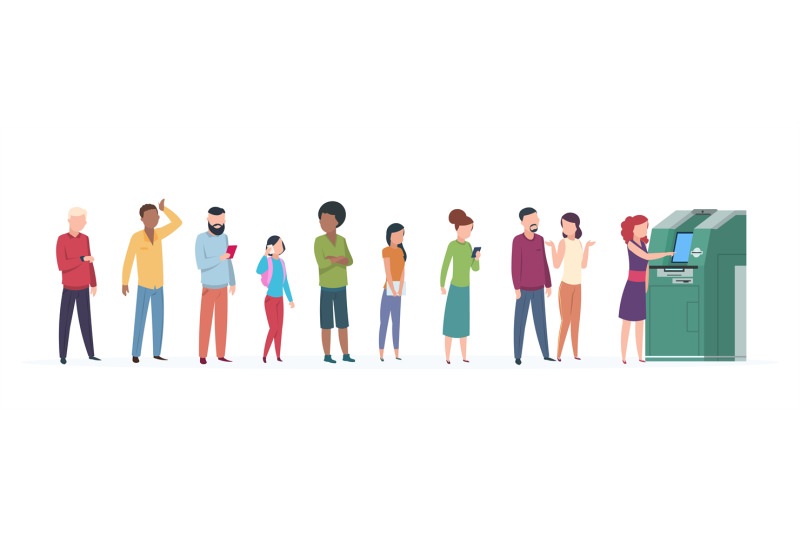 But since customers are forced to wait, it is necessary to make this expectation as comfortable as possible. Two recent articles by English authors - Fran Fish at CallCentre.co.uk and Joe Elvin at Which.co.uk are dedicated to this issue.
But since customers are forced to wait, it is necessary to make this expectation as comfortable as possible. Two recent articles by English authors - Fran Fish at CallCentre.co.uk and Joe Elvin at Which.co.uk are dedicated to this issue.
Company "Which?" conducted a survey on what customers like and dislike most while waiting for an operator's response. It turned out that for almost half of the respondents (47%), the announcement “Your call is very important to us” is the most annoying. 28% of survey participants dislike most of all when they are recommended to go to ... the company's website and another 11% - when they hear apologies that "all our operators are busy." nine0003
Translator's note. Meanwhile, in my opinion, it is these three announcements that most often can be heard while waiting in line. In contact centers they are very fond of and are used with enviable constancy. In addition, these recordings often already exist in finished form, and there is no need to spend time and money on an announcer.
When asked which ads and features are most useful while waiting in line, the votes were almost evenly distributed: a third of respondents (33%) prefer to hear the estimated wait time, a third (32%) prefer to hear their number in the queue, another third (30% ) - an offer to leave your phone number for a callback. nine0003
Translator's note. If everything is clear with the first item - the estimated waiting time, then questions arise with the second and third. The fact is that the number in the queue, in my opinion, is not only useless, but often harmful information. What will give the client the knowledge that that his queue number is 50? In smaller contact centers, this can mean 10 minutes of actual waiting, and in large contact centers, 2-3 minutes. And then the client can or wait unreasonably long instead of hanging up and calling later, or vice versa - hangs up, being already two minutes from the operator's answer.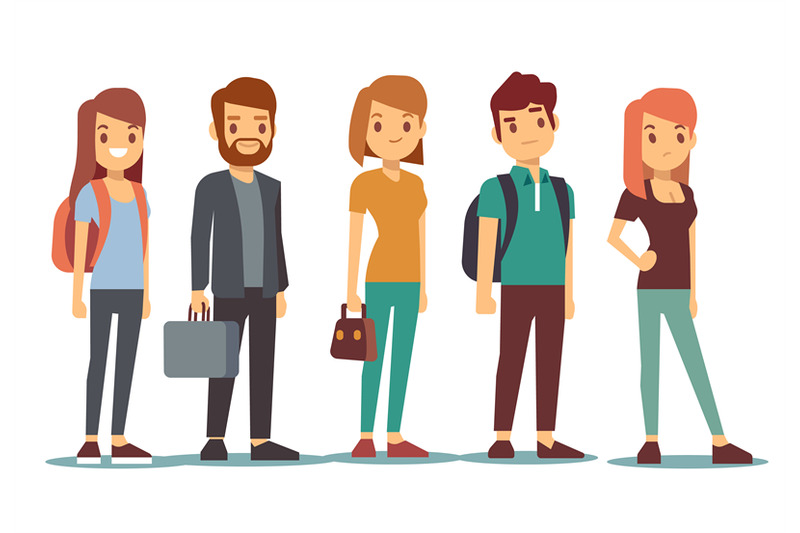 Callback, as it seems to me, customers prefer just out of grief. They do not believe that they can wait for the operator's response. If they hear an acceptable estimated waiting time, then most of them will agree to wait. Therefore, in this case, as
Callback, as it seems to me, customers prefer just out of grief. They do not believe that they can wait for the operator's response. If they hear an acceptable estimated waiting time, then most of them will agree to wait. Therefore, in this case, as
I think the estimated wait time is the most useful feature and the most informative announcement while the call is in the queue.
As for music, while waiting for the operator's response, the majority of survey participants prefer to listen to classical music, and they are most annoyed by rock.
Fran Fish on CallCentre.co.uk takes this topic even further and lists five considerations to keep in mind to make queuing as comfortable as possible. nine0003
1. Define goals
It is clear that the main goal of any company is satisfied, loyal customers. Other, let's say, auxiliary goals include encouraging customers to use alternative, less expensive service channels (IVR, website) and cost reduction.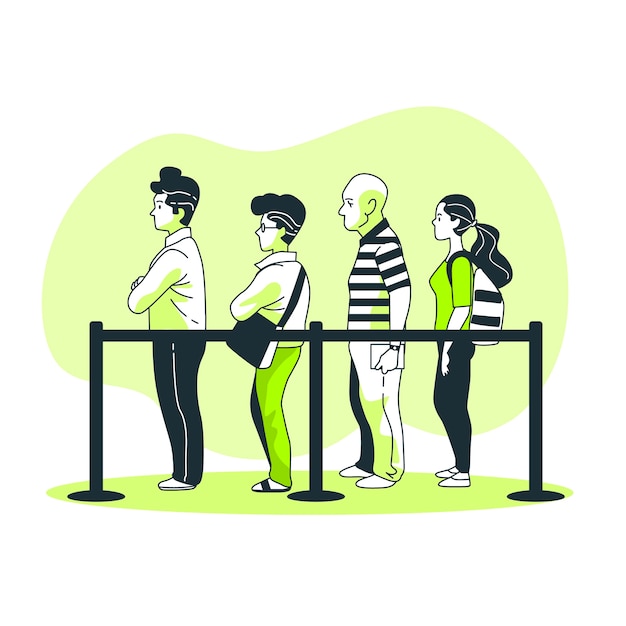 But you need to be very careful with this, because quite often these goals come into conflict with each other: thus, satisfied customers and cost reduction are not always easy to reconcile. For example, customers most often dislike advertisements for products and services while waiting in line. And this can seriously lower the customer satisfaction index. At the same time, it may encourage them to make additional purchases. So we have to balance, clearly understanding what we want to achieve as a result. nine0003
But you need to be very careful with this, because quite often these goals come into conflict with each other: thus, satisfied customers and cost reduction are not always easy to reconcile. For example, customers most often dislike advertisements for products and services while waiting in line. And this can seriously lower the customer satisfaction index. At the same time, it may encourage them to make additional purchases. So we have to balance, clearly understanding what we want to achieve as a result. nine0003
Translator's note . It is important to understand that these goals are not something forever fixed and frozen. They can and should be adjusted depending on the state of affairs in your company at this particular moment.
Fig. 1. Ranking of information according to the degree of expediency of inclusion in announcements during waiting time in the queue
2. Measure and optimize
Once you set a goal, you need to know if you have achieved it.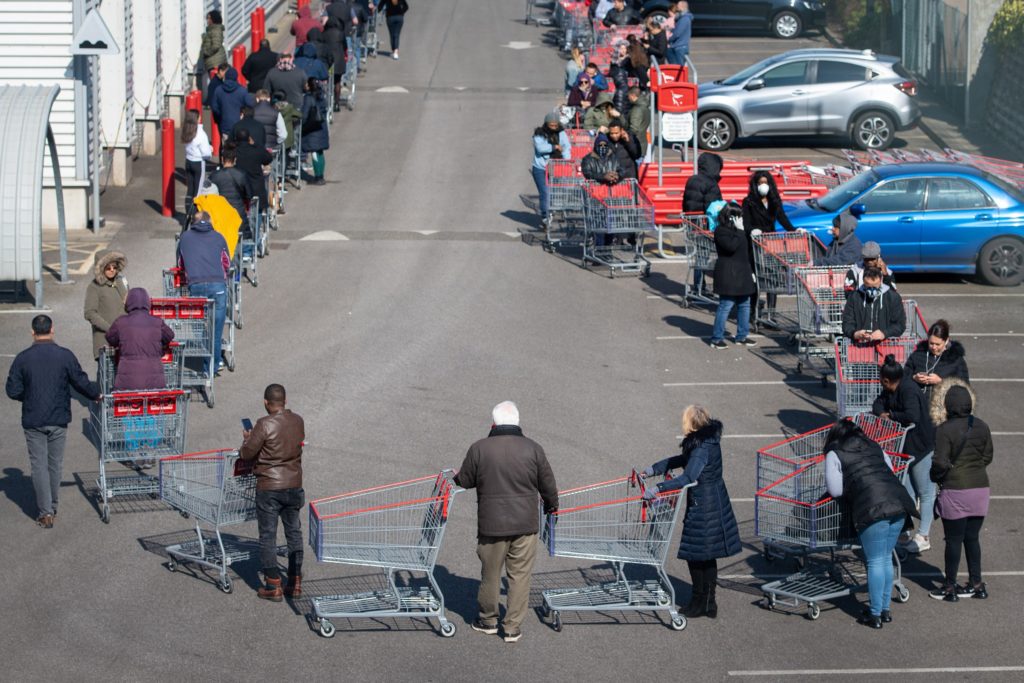 The best way to do this is to conduct customer surveys. Moreover, they must be asked not only during the telephone conversation itself, but also, in order to cover all customers, and not just those who called you, use such channels as sms or email. And if you can also combine parameters such as wait time, lost calls, customer satisfaction, and sales data, you will generally get an idea of the effectiveness of your queuing strategy. nine0003
The best way to do this is to conduct customer surveys. Moreover, they must be asked not only during the telephone conversation itself, but also, in order to cover all customers, and not just those who called you, use such channels as sms or email. And if you can also combine parameters such as wait time, lost calls, customer satisfaction, and sales data, you will generally get an idea of the effectiveness of your queuing strategy. nine0003
3. Determine who exactly your customers are and what questions they call your contact for - center
Age, gender, socioeconomic status and other similar parameters have a huge impact on the musical preferences of your customers. For example, research shows that well-known popular music appeals to most customers. However, the older the clients, the more they prefer classical music. While popular music suits most clients, you need to carefully choose which recordings to use. Does the lyrics fit? Does the music or performer cause negative associations? Is the quality of the recording suitable for listening on the phone? Experts state that only 6% of the current music catalog can be used as standby music.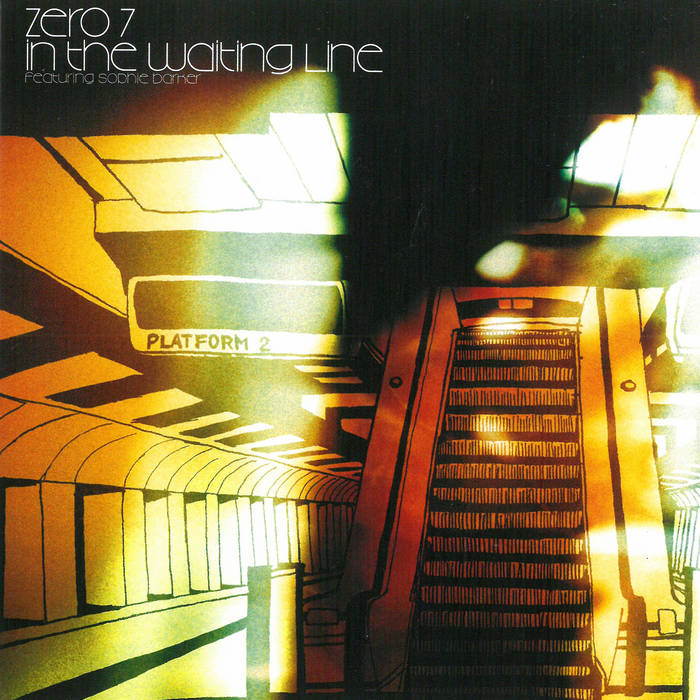 What you can be absolutely sure of is that the vast majority of customers are terribly annoyed by the standard telephone music that comes with the telephone system. 28% of survey participants said that as soon as they hear this music, they immediately hang up the phone. nine0003
What you can be absolutely sure of is that the vast majority of customers are terribly annoyed by the standard telephone music that comes with the telephone system. 28% of survey participants said that as soon as they hear this music, they immediately hang up the phone. nine0003
Fig. 2. Dependence of music preferences on age
The reasons why customers call the contact center also influence the choice of music and announcements while waiting. For example, let's take some TV provider. For his sales center, an announcement about new premium channels might be fine, but it's completely unsuitable for his help center. Customers who want to connect TV with this provider will be happy to take advantage of the offer of new channels, but angry customers who, due to equipment failure, cannot watch the final of the World Cup, are unlikely to be pleased! You should also remember that the contact center is only one of the possible ways for customers to interact with your company.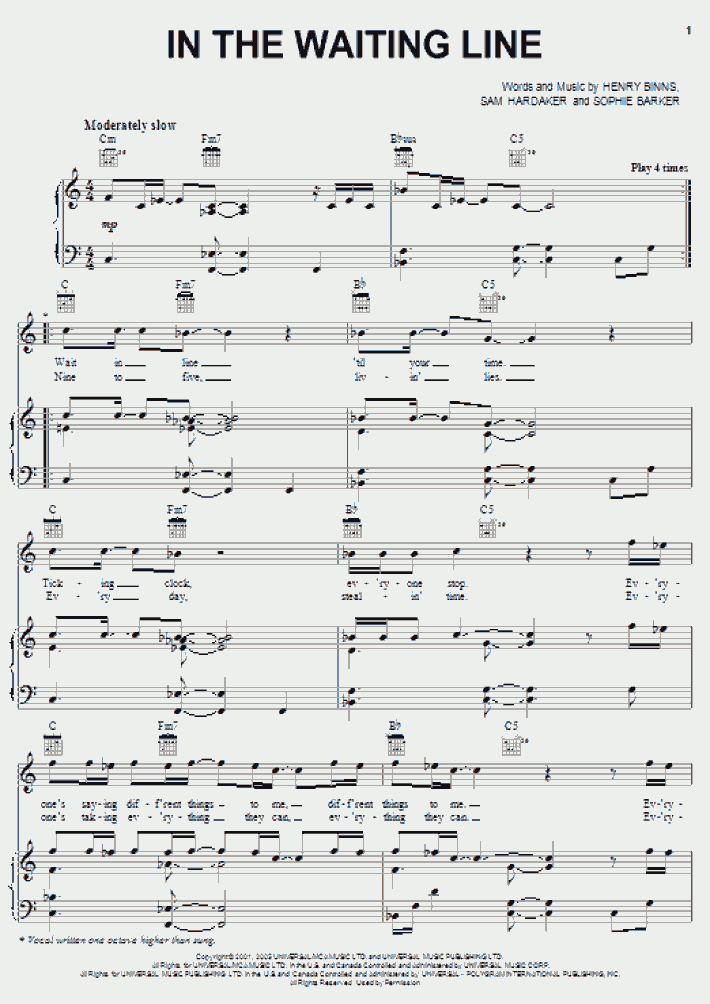 For example, you might think that the announcement that you can
For example, you might think that the announcement that you can
quickly and easily get information on the site, will bring benefits to you and comfort to the client. And this really works sometimes - but only if the client BEFORE calling the contact center has not already wandered unsuccessfully through your site without finding the required information. The choice of music and announcements is also influenced by the waiting time in the queue itself. If the wait is short, then you can give a short informational message, if the waiting time is long,
it's better to give a music video interspersed with announcements (eg about the estimated waiting time). nine0003
4. Technology will help
Research shows that most customers find it very useful to be informed about waiting times in a queue. There are two ways to do this: by declaring an average wait time, and by declaring a queue number. But keep in mind that the more complex call routing in your contact center is, the less accurate the wait time prediction can be.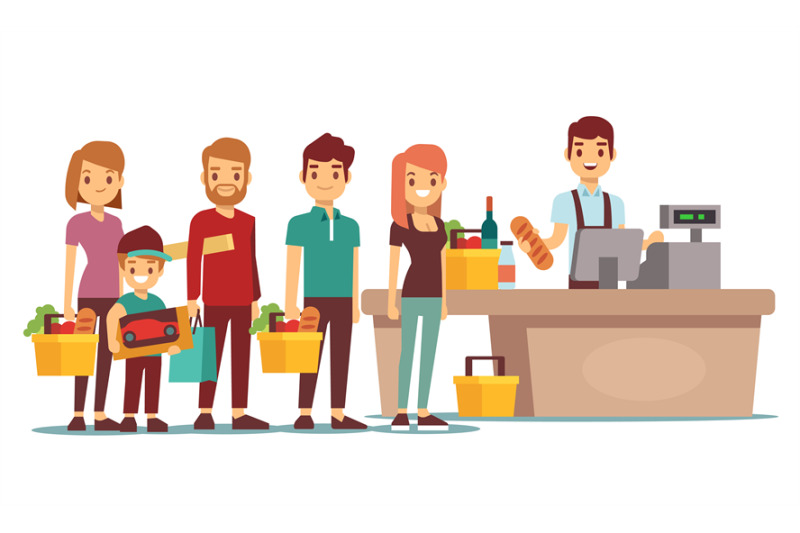
There are arguments for and against both methods. The estimated wait time is usually based on an average value. Therefore, there is a danger that most customers will actually wait either more or less than the time indicated in the ad. If this difference is insignificant, customers are unlikely to notice it. Otherwise, they will naturally be dissatisfied, and in the case of a very large difference, even outraged. nine0003
Translator's note. Oddly enough, customers are dissatisfied with a strong deviation of real time from the forecast not only upwards, but also downwards. If you announce to customers that the estimated wait time is seven minutes, and they will only wait two minutes, then they will have reasonable doubts that you are in any way in control of the situation.
If you announce to customers that the estimated wait time is seven minutes, and they will only wait two minutes, then they will have reasonable doubts that you are in any way in control of the situation.
Playing a queue number announcement is usually only relevant for smaller contact centers. For large contact center customers, announcing that their call is queued at number 123 can only cause unnecessary annoyance. In addition, this number changes extremely quickly and it is difficult to reproduce a new one every time. nine0003
Translator's note. I already wrote about the number in the queue above. As for the estimated waiting time, modern technologies are not based on a simple average waiting time, but on accurate predictive methods that allow you to calculate the expected location of the call in the queue with an accuracy of several seconds. The larger contact center, the more agents, the higher the accuracy.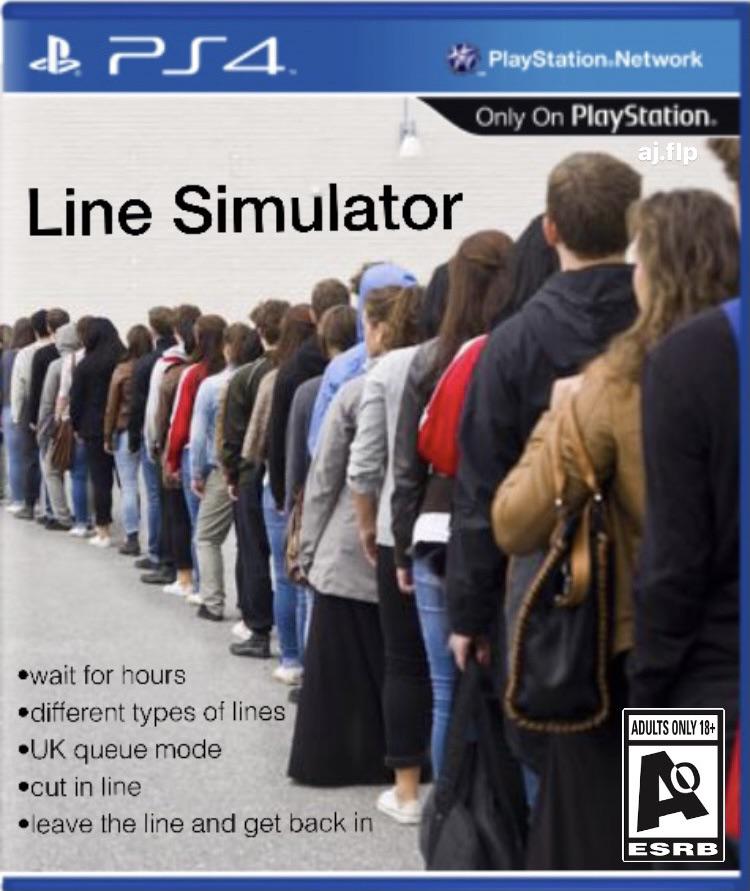 Usually calculation algorithm wait time starts to work with acceptable accuracy at 20-25 operators.
Usually calculation algorithm wait time starts to work with acceptable accuracy at 20-25 operators.
The offer of a callback is perceived by many customers quite positively. Combined with an estimated waiting time announcement, this can seriously influence a customer's decision to stay in line. Even better, if the client can choose the time of the callback.
Translator's note. Personally, I am extremely negative about the callback. We are should serve the client when it is convenient for him, and not when it is convenient for us. i.e. the client should receive an answer to his question exactly at the moment when he calls contact center. And it’s up to the management of the contact center to correctly plan the load, in order to avoid long queues.
Fig. 3. Three, most disliked by the client, options for waiting in line (% of those who answered that
in this case, most likely, hangs up)
Translator's note.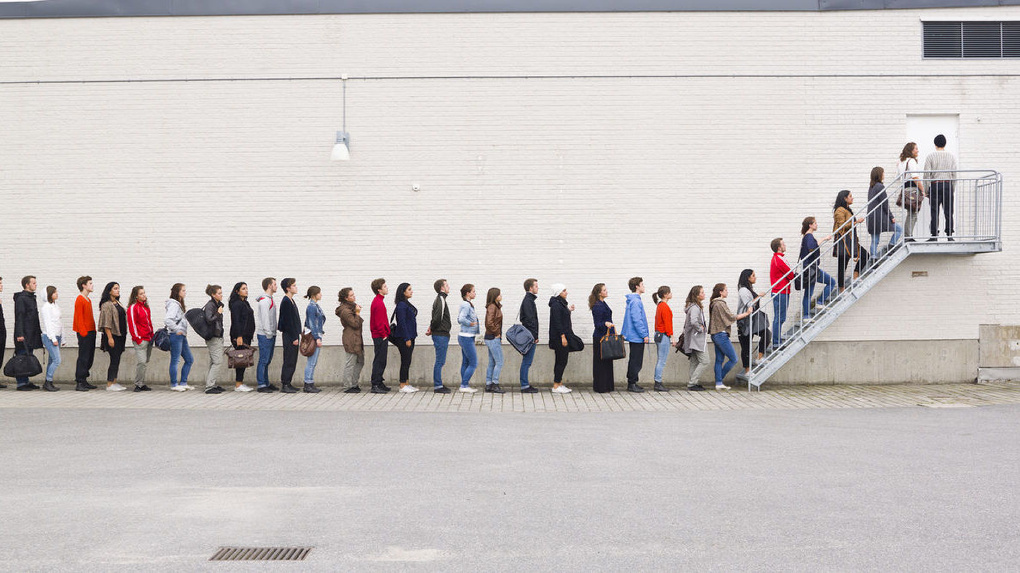 I must say that "Silence" while waiting in line is extremely rare. And it is not surprising that it causes such disgust in customers.
I must say that "Silence" while waiting in line is extremely rare. And it is not surprising that it causes such disgust in customers.
5. Consider your brand and industry
your industry sector. nine0003
For example, Aviva ( Translator's Note: is the largest British and the fourth largest group of insurance companies in the world, belongs to the category of systemically important for the global economy) offers its customers something like a jukebox so that they can choose the music themselves while waiting. This goes very well with their motto "Everything we do, we do with you in mind." It should also be remembered that all ads must be well-recorded: a nervous and uneven voice against the background of the usual call center noise is unlikely to match your ad and improve your image. nine0003
Translator's note. It is best if all announcements are recorded by a professional studio announcer.


